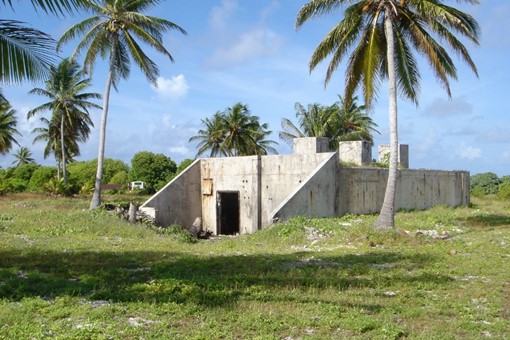bikini atoll
states: [marshall islands]
category: cultural
year: 2010
region: Asia and the Pacific
latitude/longitude: 11.6000000000, 165.3805555556

Bikini Atoll, a UNESCO World Heritage site in the Marshall Islands, is a coral reef renowned for its historical significance and unique ecosystem. Between 1946 and 1958, it served as a testing ground for 23 nuclear explosions conducted by the United States, leaving behind a legacy of sunken warships and radioactive remnants. Today, the atoll’s pristine lagoons and diverse marine life attract researchers and divers, while its cultural importance reflects the resilience of the displaced Bikinian people.
Copyright © 1992 - 2025 UNESCO/World Heritage Centre. All rights reserved.